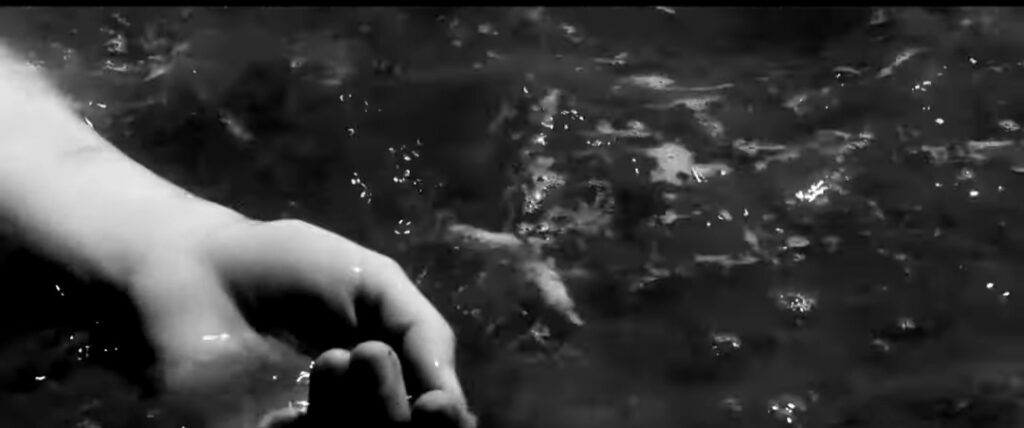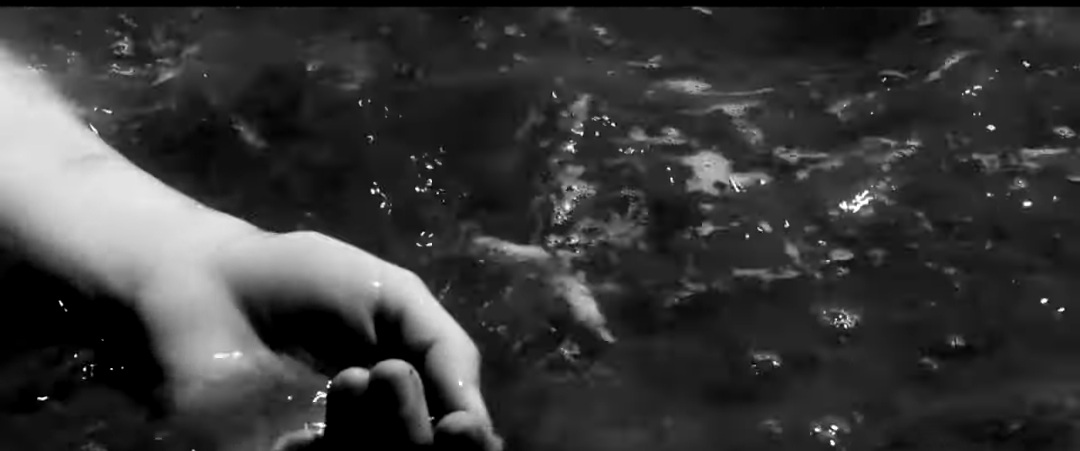Communicable is a surrealist science fiction film by writer/director David Lawler. So by definition, the feature film seeks to undertake an exploration of dreams and the unconscious mind and play it against reality. That means when credits roll, there will probably be more questions than answers. Thus, your enjoyment will hinge on how badly you need clarity versus how much the uncertainty inspires you.
Either way, the film promo informs us that, “Communicable tells the story of a young woman who disappears inside the reality of a recent tragedy and then attempts to make sense of her fictional existence through the creation of another woman.”
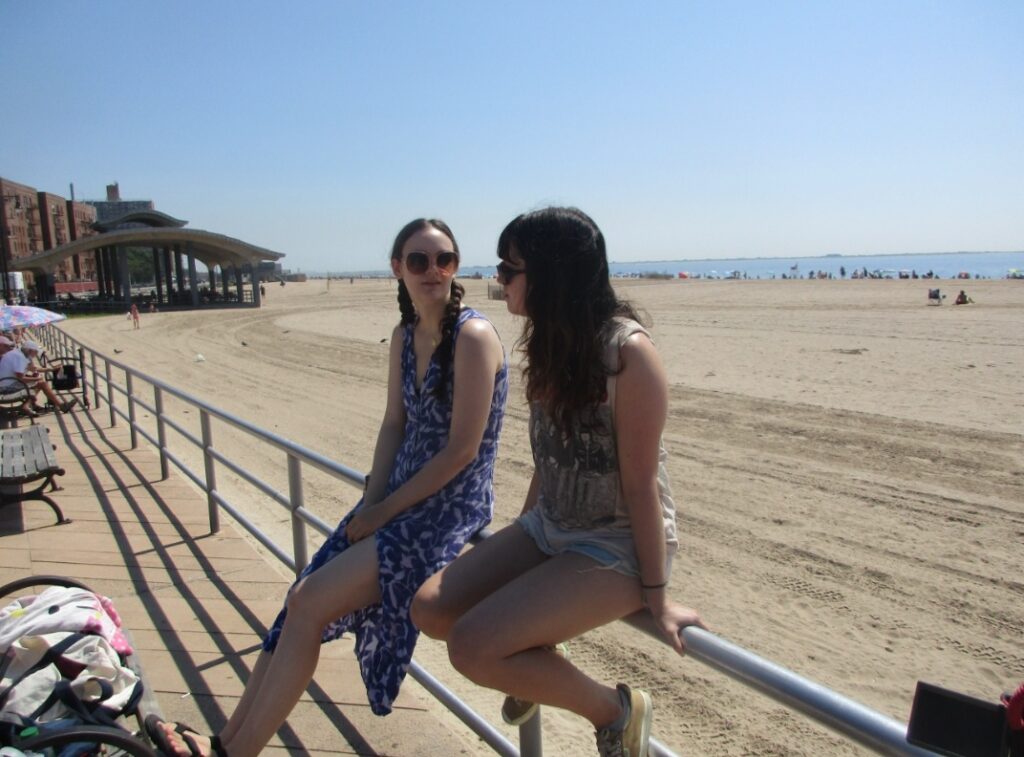
Let the uncertainty begin, because the tragedy is unclear and so is the identity of the real woman and the fictional one. Nonetheless, the tragedy appears to be the drowning of a woman and Iris (Rivers Duggan) seems to be the fictional woman who Louise (Lucia Roberts) creates.
Here the music really sets the tone, because it eerily sounds like the score to Solaris. Probably the greatest surreal science fiction film ever made, fiction, fantasy, and the mind-bending allegory, are all set to serious spin mode in this 1972 Russian classic.
All mixed up too, Louise speaks to us in voiceover, and against the backdrop of a mushroom cloud and the dour instrumental, both characters make their appearance. Doing nothing really of consequence, the dialogue doesn’t reveal much either. But from Roberts’ intentionally aimless delivery, we are sure Louise is in pain, while the dreamlike sentiment implies the problem with nocturnal adventures. There’s no way to rewrite them, and in keeping, her reality is no better.
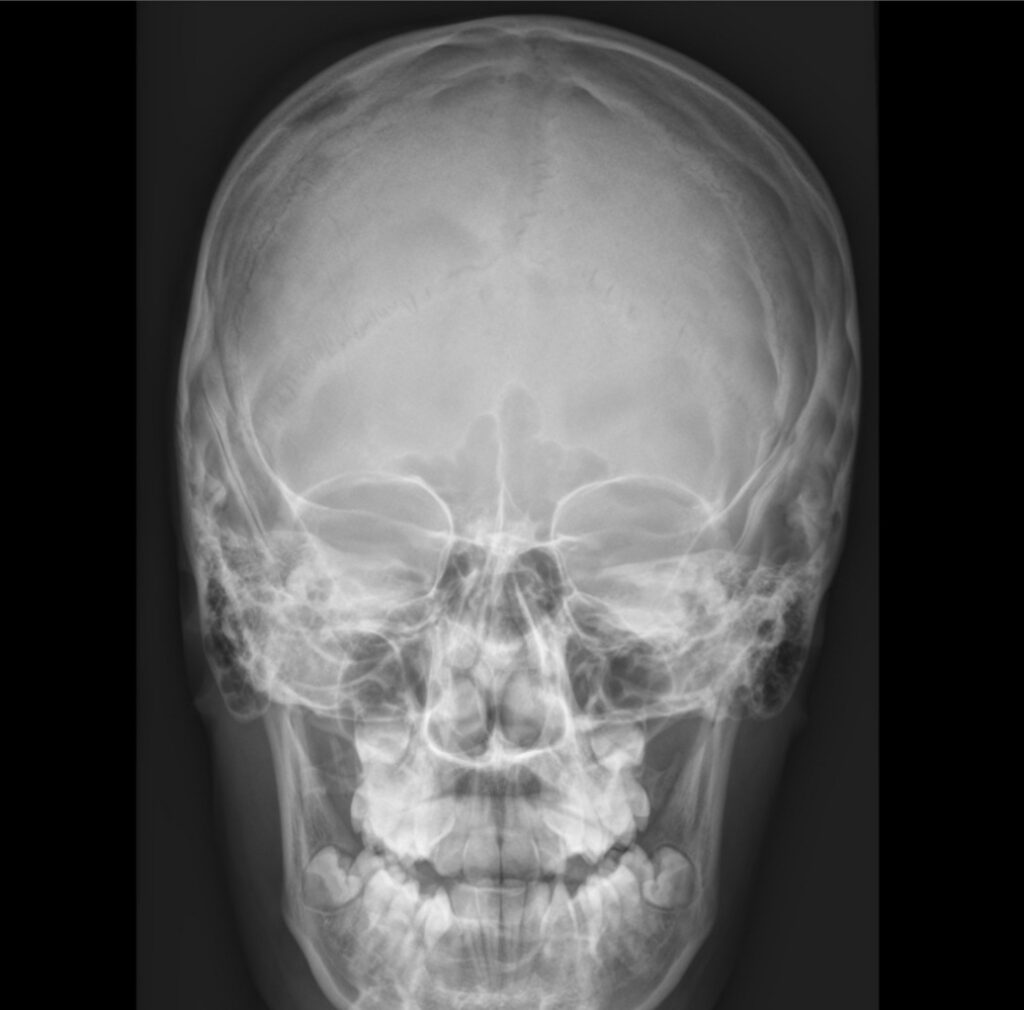
Next, the camera takes its time to let us closely examine the details of the studio/apartment, and our rapid eye movement is further invoked. The natural light shining in is the main character and maybe refers to the possibility at the end of our tunnels. The unavoidable flowchart on the wall also seems in search of the right path forward, and defines the endless possibilities that are tied to our choices.
The sound of a whining trombone signals the start of dialogue, and its stock music sound tells us the discourse isn’t going to be so serious. Iris waving a knife around at Nick (Morgan Elgarten) says otherwise. But we learn the weapon is fake and this part of the dream feels wonderfully whimsical.
So lighthearted, Nick and Iris openly discuss the simulation they are living. For his part, Elgarten’s performance plays along with what Nick probably sees as a silly endeavor, but his love of Louise makes the situation more than tolerable.
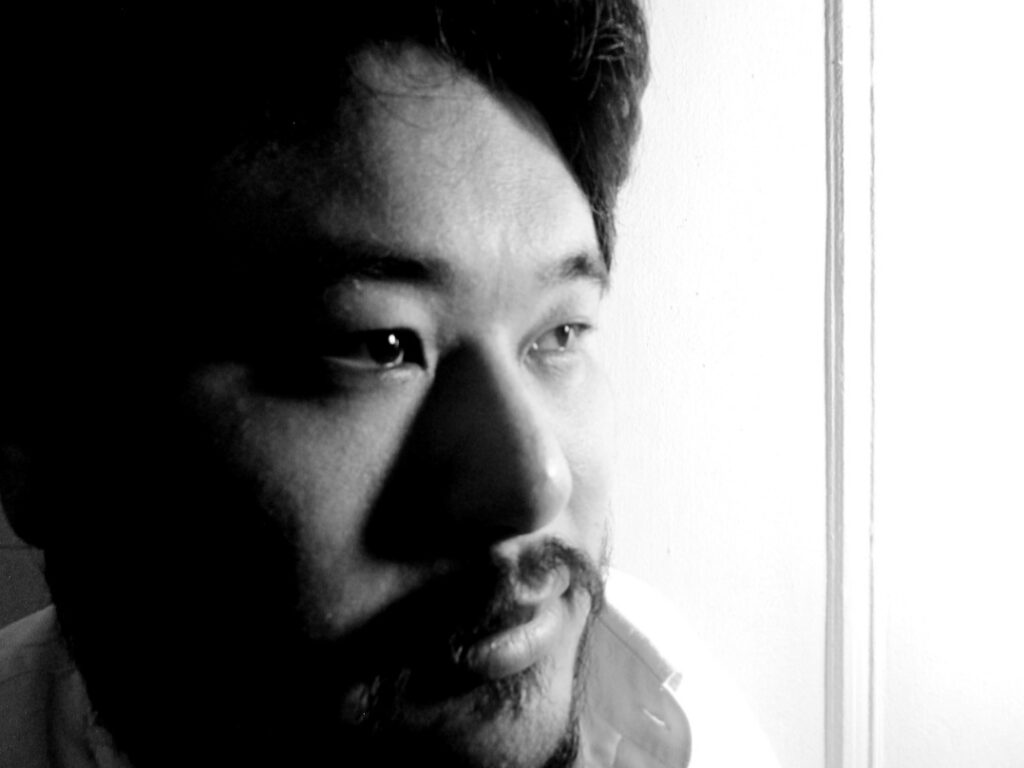
Of course, it’s a bit more serious for Iris. Her temporary living arrangement is an existential threat, and Duggan’s performance allows her character to descend to the point where she must face the facts.
Nonetheless, Louise takes her turn with Nick, and despite the underlying pain, Nick is a real enough relief for her. They banter and love to the sound of a tender score, and doing so, the couple makes a good case for reality.
Juxtapose being a surreal requirement, the back and forth between reality and fantasy makes sense, and even though there are no real sophisticated special effects, paradox comes across loud and clear. In fact, Lawler’s cinematographic set up of the scenes play right in. Very every day and serene, it’s the discourse that sells the overall sleight of hand of the competing storylines.

In accordance, Iris and Louise take their turns with Nick to solidify the genre, and inevitably the two women must meet.
Not a universe ending event, the banal conversation tells us there’s still no easy answers – and so what. If you’re still watching, you’re getting exactly what you want.
That said, the off-kilter imagery, the ever-complicating relationships and the interwoven mystery begin to close in on the characters. The flowchart never far from view either, the events demand some sort of resolution.
The ending credits are the best you’re going to get, and here, our flowcharts diverge. For some that means hitting the rewind button and another immersion (or five) will have them in happy pursuit of the subtle intricacies.
On other hand, the more pragmatic are certain to have had their fill, but despite the uncertainty, a look is probably worth a try to figure out who you are.

